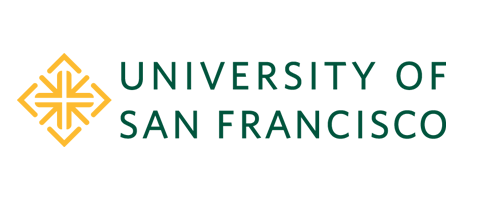Document Type
Book Chapter
Publication Date
Summer 7-2023
Abstract
In this chapter, I will reflect on the challenges of naming my trans* identity in library spaces and facilitating discussions on gender identity as a genderqueer person. I examine the why, when and how I share my gender identity alongside my racial identity. My library instruction is influenced by my work as an intergroup dialogue facilitator and mediator. Intergroup dialogue pedagogy invites both the facilitators and participants to examine the ways in which their social identity development impacts how they see themselves and others. According to Jackson and Hardiman’s Social Identity Development Model, there is a stage of resistance in which folks with privileged identities experience cognitive dissonance between how they see themselves and the impact of their social identity on others. Using this framework of identity development, I am able to anticipate the types of resistance I may encounter from cisgender students and colleagues. Understanding the ways in which cisgender folks may resist learning helps me understand the boundaries I need to create in order to take care of myself while also seeing the humanity of the cis folks who may attack my trans* identity. This chapter will explore the strategies I use to authentically show up as a genderqueer person while modeling consent and boundary setting.
Recommended Citation
Gilgan, A. (2023). Boundary setting as a non-binary librarian and facilitator. In K. K. Adolpho, S. G. Krueger, & K. McCracken (Eds.), Trans and gender diverse voices in libraries. Library Juice Press.


